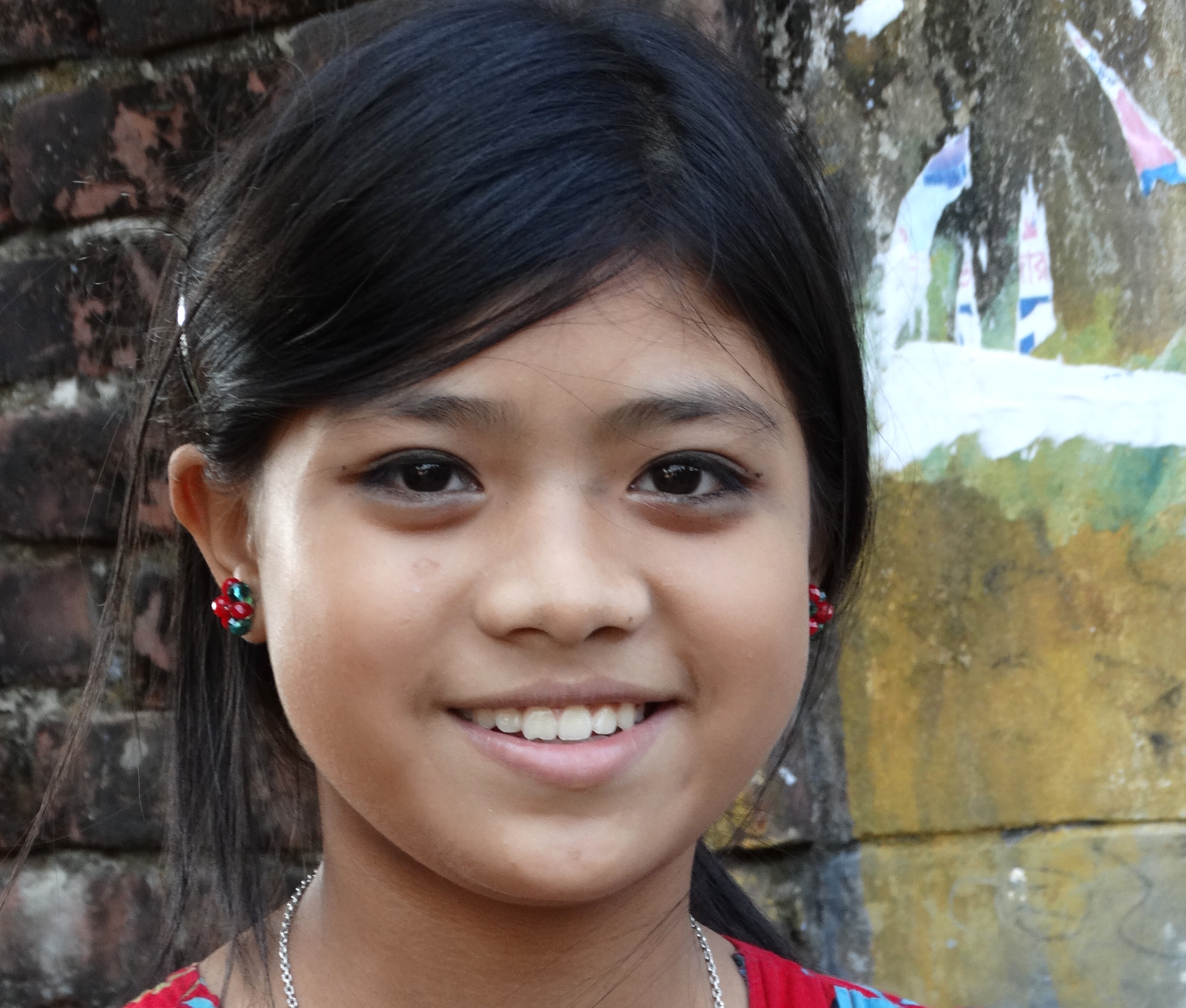
Adolescent girls' capabilities in Bangladesh: A synopsis of the evidence
publication
Adolescent girls' capabilities in Bangladesh: A synopsis of the evidence
21.12.2017 | Bangladesh
Country
Bangladesh
Capability domains
Bodily integrity and freedom from violence
Audience type
Policy maker or donor, Programme designer or implementer, Researcher
Year of publication
2017
Authors
Elizabeth Presler-Marshall and Maria Stavropoulou
This digest brings together evidence from two GAGE rapid country reviews and summarises what is known about Bangladeshi adolescent girls’ capability development and the interventions meant to support them as they move toward adulthood. Touching on all six capability domains of GAGE’s conceptual framework — education and learning; bodily autonomy, integrity and freedom from violence; sexual and reproductive health, health and nutrition; psychosocial wellbeing; voice and agency; and economic empowerment — it concludes that despite a wealth of evidence, important gaps in our understanding remain. Specifically, we know too little about younger versus older adolescent girls and how to effect longer-term change.
That said, while gendered social norms and poverty continue to shape the lives of Bangladeshi adolescent girls — with most still married as children and few ultimately able to take on paid employment — there is evidence of slow generational change. Son preference is declining across decades and girls’ access to even secondary education is improving.
Suggested citation
Presler-Marshall, E. and Stavropoulou, M. (2017) Adolescent girls’ capabilities in Bangladesh: a synopsis of the evidence. London: Gender and Adolescence: Global Evidence (https://www.gage.odi.org/publication/adolescent-girls-capabilities-bangladesh-synopsis-evidence/)
